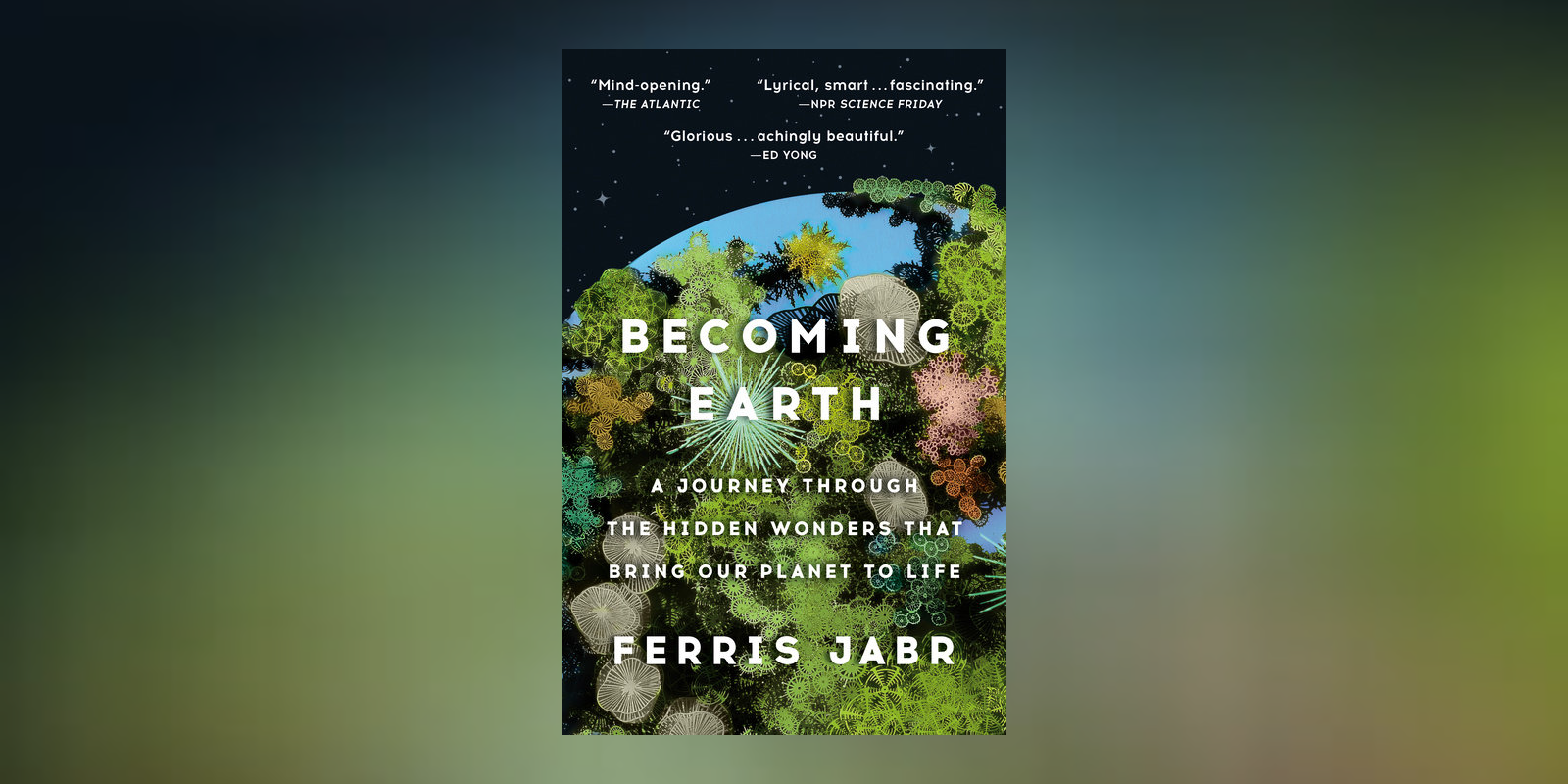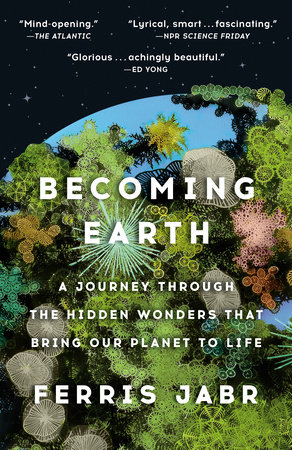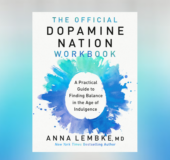Contributed by Ferris Jabr, author of Becoming Earth: A Journey Through the Hidden Wonders that Bring Our Planet to Life, an exhilarating guide to the workings of our planetary symphony—its players, its instruments, and the music of life that emerges—and an invitation to reexamine our place in it.
For more than two centuries, Western science has largely segregated geology and biology, characterizing our planet as an inanimate rock with some life on its surface and minimizing the role of living organisms in shaping Earth as a whole. That paradigm is rapidly becoming obsolete. The modern scientific understanding of our extraordinary planet has been undergoing a major shift, albeit one that has yet to permeate textbooks and classrooms.
Life does not merely reside on Earth—it is Earth, a literal, physical extension of the planet. Living organisms and their environments have coevolved for more than three billion years, radically altering the continents, ocean, and atmosphere. Life is responsible for many of our planet’s defining features: its blue sky, breathable atmosphere, mineral diversity, ocean chemistry, wildfires, and fertile soils. Together, life and the greater planetary environment form a vast interconnected living system capable of self-regulation, dynamic balance, and astonishing resilience.
In sum, Earth is not simply a planet that has life, but rather a planet that came to life. A relatively new field called Earth system science now explicitly studies the animate and inanimate components of the planet as an integrated whole. If that reminds you of the Gaia hypothesis, there’s good reason: the new science of our living planet owes an intellectual debt to James Lovelock, Lynn Margulis, and Gaia, but it has also evolved far beyond the misinterpretations and debates of the late 20th century. Given the context of the current climate crisis, understanding what it means to say that Earth is alive, and how we should use that insight to reform our relationship with the planet, has never been more urgent. Becoming Earth is my attempt to bring this vital new scientific framework to the general public. There is no better place to achieve that goal than in school.
As a longtime science writer, precision, clarity, and eloquence are of the utmost important to me. I tried to write this book so that just about anyone can understand it, regardless of their expertise or educational background. I worked closely with four professional fact-checkers to ensure the accuracy of every section. I collaborated with a talented science illustrator to create an original illustrated timeline of how life has transformed the planet over the past several billion years—something we believe has never been done before. Collectively, the book’s nine chapters cover a wide range of subjects within geology, biology, chemistry, ecology, climate science, oceanography, anthropology, and the history and philosophy of science, making them relevant to diverse curricula. I tried to make each chapter stand on its own, in addition to being part of a greater whole, and filled every chapter with compelling narratives that keep the reader engaged.
This is a book relevant to generations young and old—a book concerned not only with theory and basic science, but also with how science intersects with culture, technology, everyday life, and the fate of civilization. Whereas most books about the history of life on Earth remain in the ancient past, I explicitly tie deep time to our current moment. The chapters in each of the book’s three sections trace a chronological arc from Earth’s earliest eras to recent human history, emphasizing that our species is the latest chapter in a long saga of life remaking the planet. Becoming Earth reveals the astonishing links between fossil fuels, plankton, and plastic pollution, for example, and explores the braided evolution of oxygen, fire, and photosynthetic life in the context of the West’s ongoing wildfire crisis. On expeditions to the heart of the Amazon rainforest, an experimental nature park in remote Siberia, and a former gold mine nearly one mile below the planet’s surface, we learn how all manner of creatures, from microbes to trees to mammoths, alter their surroundings in ways that ultimately influence global climate. And in the most personal chapter, which focuses on the science and history of Earth’s unique soils—and the need to preserve and regenerate them—I recount how my partner and I turned a derelict grass lawn into a thriving wildlife garden, an immersive, hands-on experience to which many readers can either relate or aspire.
Becoming Earth is simultaneously a guide to the new science of our living planet, a celebration of the wondrous ecology that sustains our world, and a testament to why our species must rapidly intervene to maintain a version of Earth as we’ve known it.






